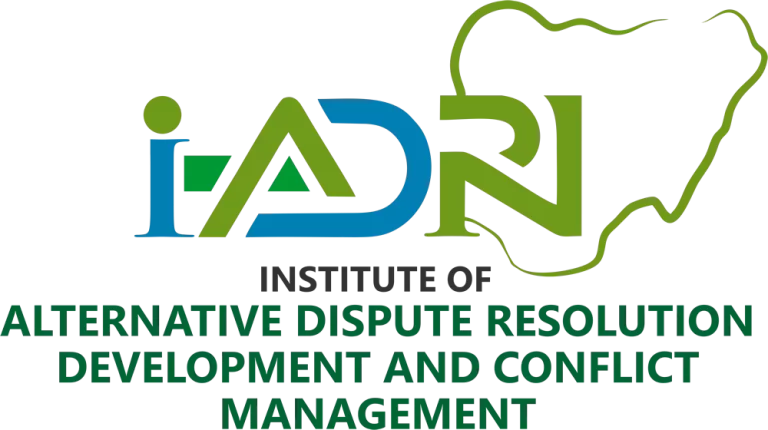Introduction
Environmental disputes are on the rise due to the increasing impact of both direct and indirect human activities on the natural world. As global concerns such as food scarcity, water shortages, biodiversity loss, and environmental degradation become more prevalent, conflict over these issues is expected to escalate. Activities like oil mining and large-scale agriculture are also fueling violence and conflicts around the globe.
Traditional legal methods for resolving these disputes are often time-consuming and complicated by jurisdictional challenges, making them less effective for addressing the complexities of environmental issues. As a result, there is a growing need for alternative approaches, such as environmental mediation, to resolve these conflicts more efficiently.
This article explores the concept of environmental mediation, the stakeholders involved, and the challenges it faces.
An Overview of Environmental Mediation
Environmental mediation is a process where representatives from various groups, including environmental organizations and government agencies, come together with a neutral mediator to negotiate and resolve an environmental conflict. The mediator facilitates discussions and helps the parties reach a binding agreement.
Like other forms of mediation, environmental mediation is voluntary, and parties can withdraw at any time. The mediated agreement is also voluntary, allowing all parties to take ownership of the outcome. The advantages of environmental mediation include speed, cost-effectiveness, confidentiality, and the control it offers to the involved parties. However, challenges such as enforcing agreements and ensuring good faith negotiations can sometimes hinder progress.
Environmental disputes often involve more than two parties, adding complexity to the process. As the conflict develops, additional stakeholders may join, making it even more challenging to reach a resolution. Conflicting assessments of environmental impacts further complicate the mediation process, as different groups and researchers may have opposing views on the consequences of certain actions.
Procedure in Environmental Mediation
The steps involved in environmental mediation closely mirror those in traditional mediation, but they are tailored to suit the nature of the dispute and the parties involved. The process typically begins with identifying the key environmental issues and stakeholders, followed by selecting a neutral mediator.
At the first meeting, the mediator establishes ground rules and sets the agenda, fostering open communication among the parties. Negotiations take place in both joint and private sessions, where compromises and concessions are introduced. Once an agreement is reached, a summary document is drafted for all parties to review before the voluntary execution of the final agreement, along with a clear implementation plan.
An example of successful environmental mediation is the Indus Water Treaty between India and Pakistan. In this case, both countries moved away from historical claims and agreed on a technically grounded solution, with the World Bank serving as the neutral third party.
Challenges of Environmental Mediation
One of the biggest challenges in environmental mediation is the dynamic nature of the parties involved. Environmental disputes are often public in nature and involve multiple stakeholders with varying interests, such as government agencies, businesses, environmental groups, and local communities. Aligning these diverse interests can be difficult, especially as new parties join the process over time, altering the dynamics and introducing new considerations.
Disagreements can also arise due to scientific uncertainties about the environmental impacts of certain actions. Conflicting data sets, each backed by scientific evidence, can make it hard to reach a consensus on the likely outcomes of an environmental action.
Public and political pressures further complicate the process, as environmental disputes often attract attention from these spheres. These external forces can influence the mediation process, making it harder for parties to find mutually agreeable solutions.
Another challenge is the power imbalance that may exist between parties. For example, when one community has more resources or influence than another, it can be difficult to ensure a level playing field in the mediation process.
Conclusion
Environmental disputes are often complex and sensitive, requiring careful handling to prevent escalation. Environmental mediation, with its foundation in neutrality, confidentiality, and equality, offers an effective way to resolve these conflicts, which are increasingly driven by resource scarcity and climate change. By fostering collaboration and avoiding the pitfalls of traditional legal systems, environmental mediation plays a crucial role in maintaining peace and stability not just at the local level, but globally.
Snippet: Environmental disputes are complex and require skillful handling to prevent escalation. Mediation offers a neutral, confidential, and efficient way to resolve these conflicts, making it a vital tool in addressing the environmental challenges of today.

